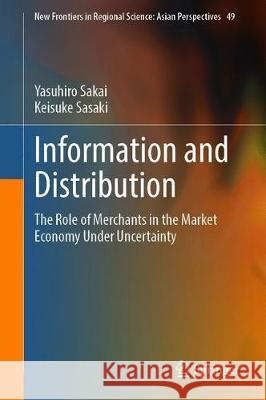Information and Distribution: The Role of Merchants in the Market Economy Under Uncertainty » książka
topmenu
Information and Distribution: The Role of Merchants in the Market Economy Under Uncertainty
ISBN-13: 9789813364882 / Angielski / Miękka / 2022 / 206 str.
Information and Distribution: The Role of Merchants in the Market Economy Under Uncertainty
ISBN-13: 9789813364882 / Angielski / Miękka / 2022 / 206 str.
cena 484,18 zł
(netto: 461,12 VAT: 5%)
Najniższa cena z 30 dni: 462,63 zł
(netto: 461,12 VAT: 5%)
Najniższa cena z 30 dni: 462,63 zł
Termin realizacji zamówienia:
ok. 22 dni roboczych
Bez gwarancji dostawy przed świętami
ok. 22 dni roboczych
Bez gwarancji dostawy przed świętami
Darmowa dostawa!
Kategorie:
Kategorie BISAC:
Wydawca:
Springer
Seria wydawnicza:
Język:
Angielski
ISBN-13:
9789813364882
Rok wydania:
2022
Wydanie:
2021
Numer serii:
000768488
Ilość stron:
206
Oprawa:
Miękka
Wolumenów:
01
Dodatkowe informacje:
Wydanie ilustrowane











